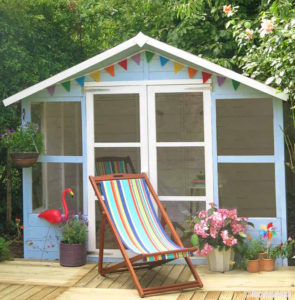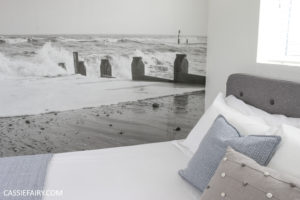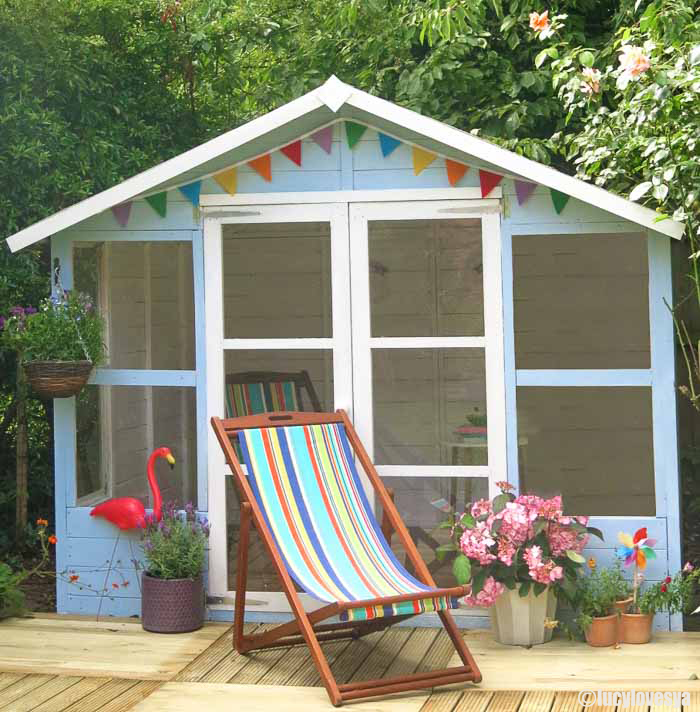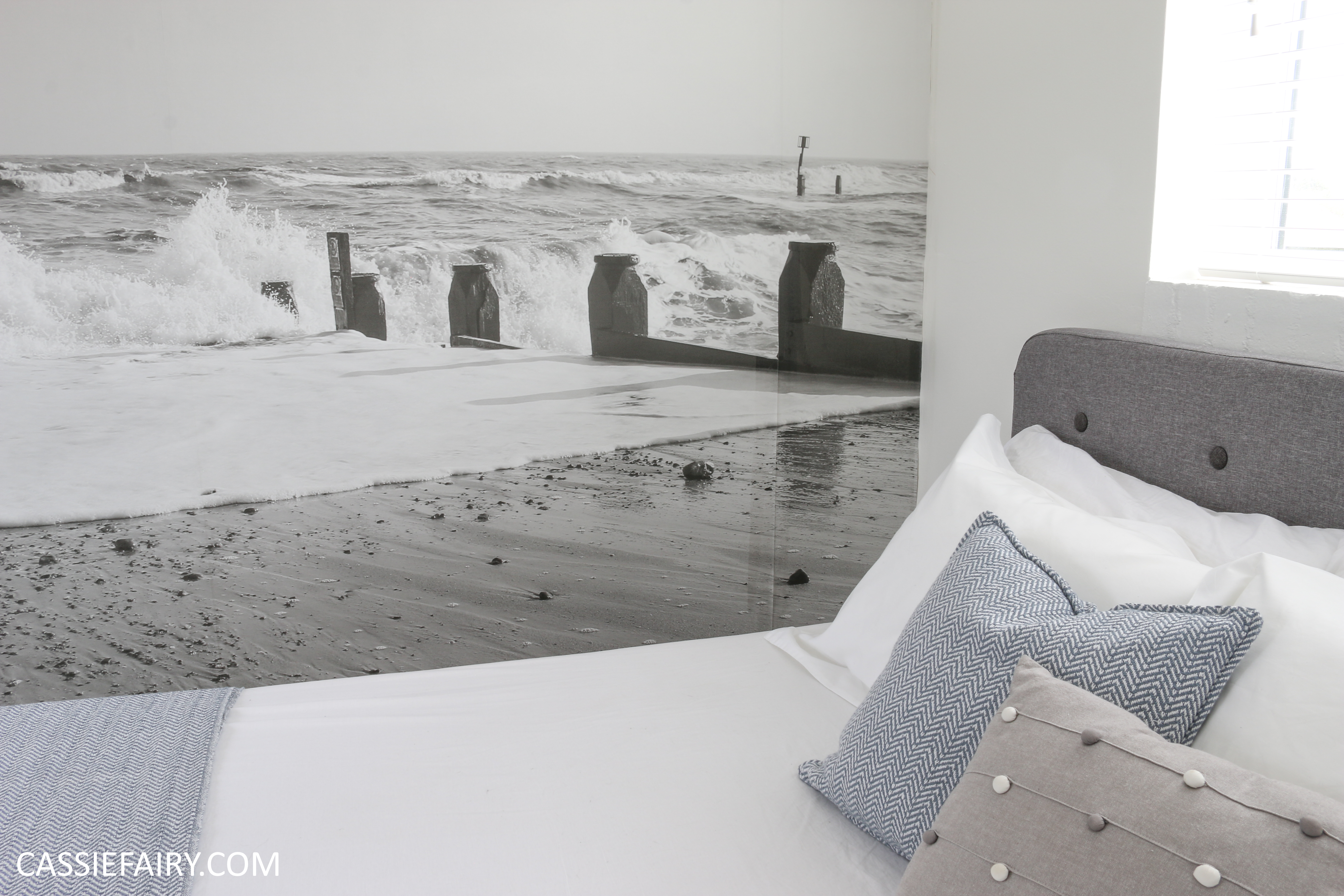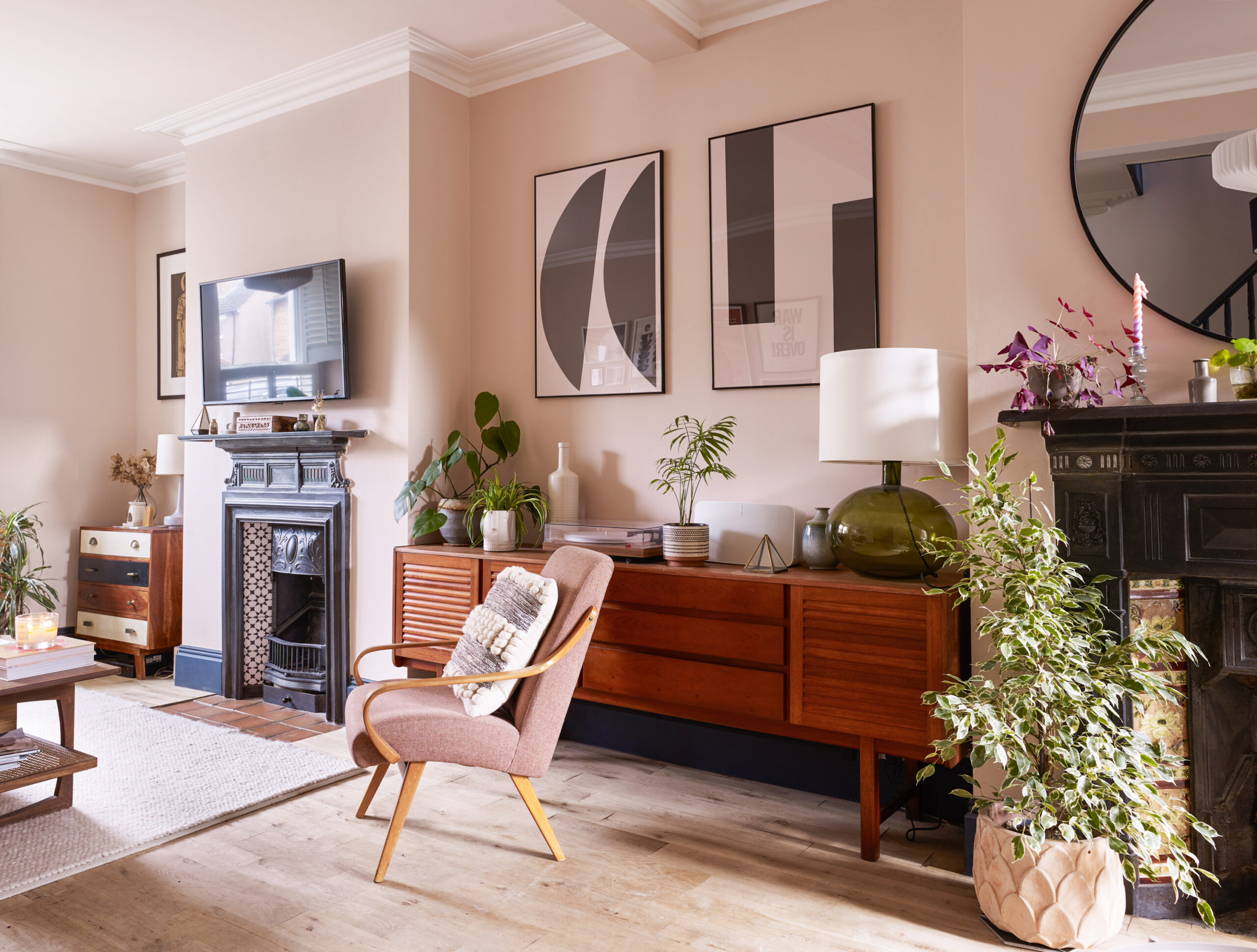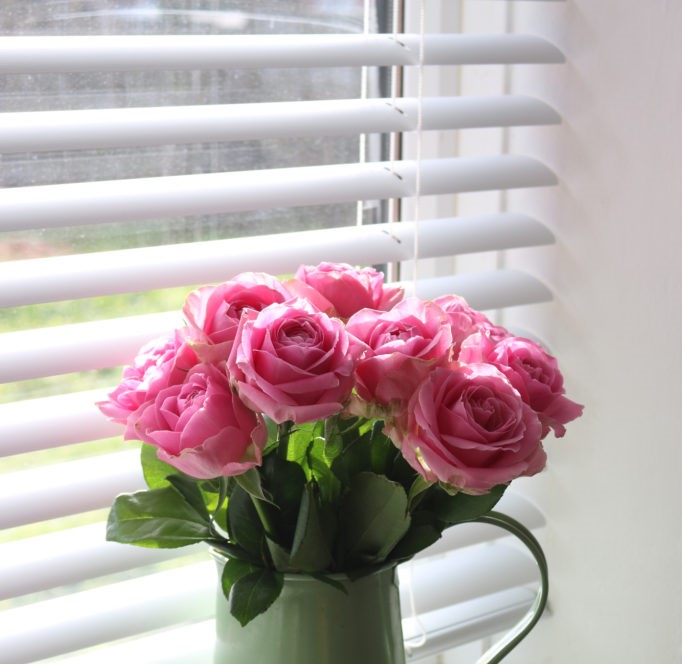With my kitchen renovation plans in full swing, one of the sticking-points is the flooring. I simply don’t know what’s best to use in the kitchen. I want it to be moisture resistant, easy to clean, simple to install and hardwearing as it’s in a high-traffic area. Add to that the fact that I want to choose a sustainable and natural product if possible – but where to start? Here are some of the products I’ve discovered during my search for ‘healthy home’ flooring…
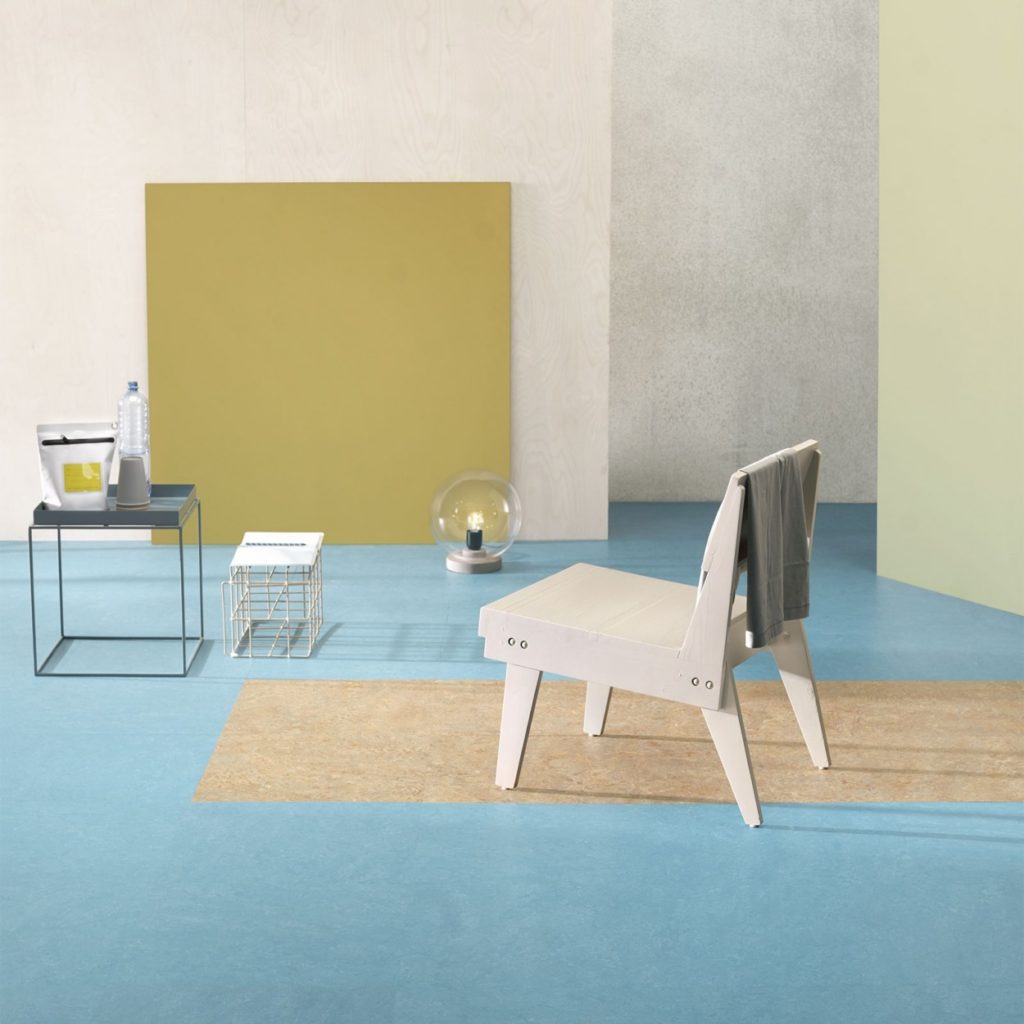
NATURAL LINOLEUM
Linoleum has been around for years (it was invented in the 1860s, can you believe it?!) but modern linoleum has great eco-friendly credentials. It’s made from rubbery layer of oxidized linseed oil, mixed with wood flour, resin and limestone jute, so it’s a sustainable product and you can find 100% phthalate-free versions for your home. Regularly used in hospitals and schools, it’s especially good for people who suffer from allergies as it’s easy to clean and a naturally-derived product.
Manufacturers are now opting to use environmentally-friendly dyes to create a variety of vibrant colours and finishes – I’ve seen some bright orange and yellow linoleum that I particularly like for my own kitchen. If you’re looking for a flooring that’s suitable for use with underflooring heating, is durable and slip-resistant linoleum is a good place to start.
ORGANIC MARMOLEUM
Likewise, keep an eye out for the name ‘Marmoleum’. This linoleum product is also available as a ‘click’ install system as well as a glue-down roll. The tongue-and-groove sections have a cork backing and are made of 97% natural materials, with no chlorine, PVC, plasticisers or solvents used in the manufacturing process. And because the pieces click together it means that you don’t need to use any extra adhesives, making it a ‘healthier’ option for your home. Plus, if the flooring becomes damaged in the future, sections of it can be easily replaced – and the old planks recycled.
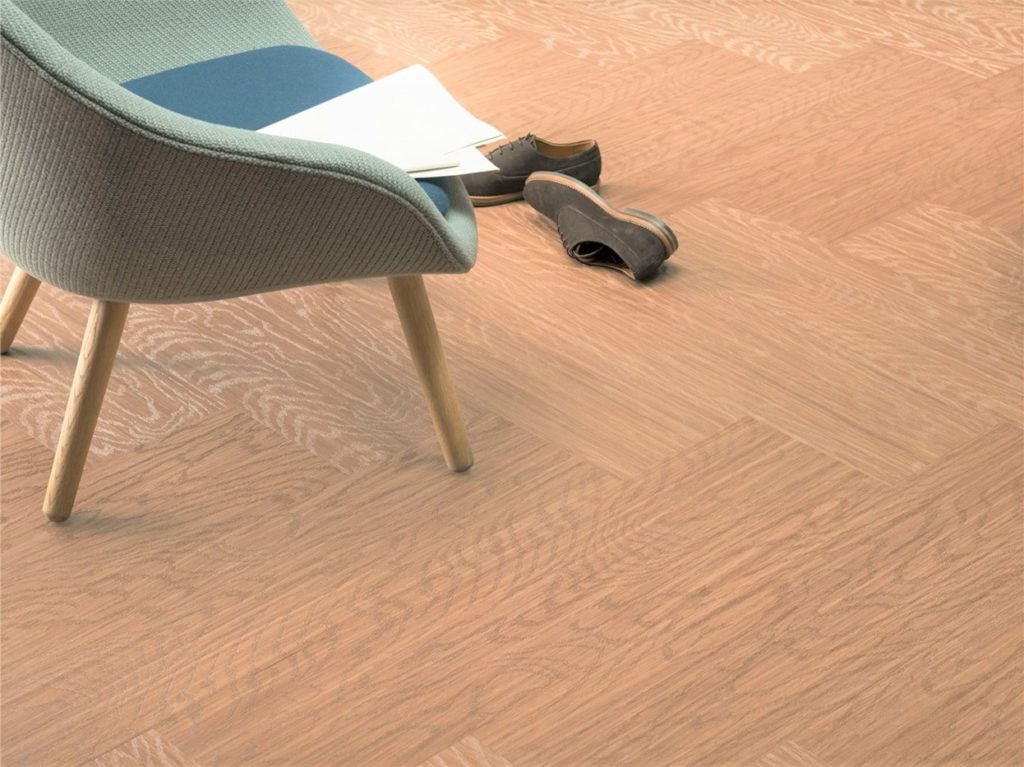
SUSTAINABLE CORK
Because cork is harvested by ‘peeling’ it off the trunk, rather than felling the tree, it can continue to grow and will be completely renewed within 9 years, making it a more sustainable material. It provides excellent sound and heat insulation so its warm underfoot, especially compared to ceramic or stone tiles. Even if you just have a bit of an echo in your room, you’ll notice a difference when you install cork flooring, as the room acoustics will be improved. And the extra heat insulation it provides will help to reduce your heating bill overall.
Cork is suitable for allergy sufferers and is naturally antimicrobial, which is exactly why I chose a cork mat for my yoga practice. Choose a cork flooring that is free from PVC and harmful substances, and opt for interlocking cork planks for an adhesive-free installation. If you’re not keen on the natural cork surface, it’s now possible to get cork tiles that have been printed with a wood-grain design. This can even provide the visual appearance of parquet flooring, which I am particularly keen on.

I’m pretty sure that I’ll be choosing one of the above options for my kitchen flooring but, as always, my thriftiness comes into play and it’ll all be down to the price! Let me know your experience of using any of these flooring options – I’d love to hear how you got on with installing and living with them so please leave me a message in the comments below. Also, let me know if you have any other suggestions for natural kitchen flooring, I’m still doing my research so any ideas would be welcome! 🙂
PIN IT FOR LATER

This article is a sponsored collaboration. The pink links in the content indicate a sponsored link or information source. The blog post reflects my own experience and the sponsor hasn’t had any control over my content 🙂









